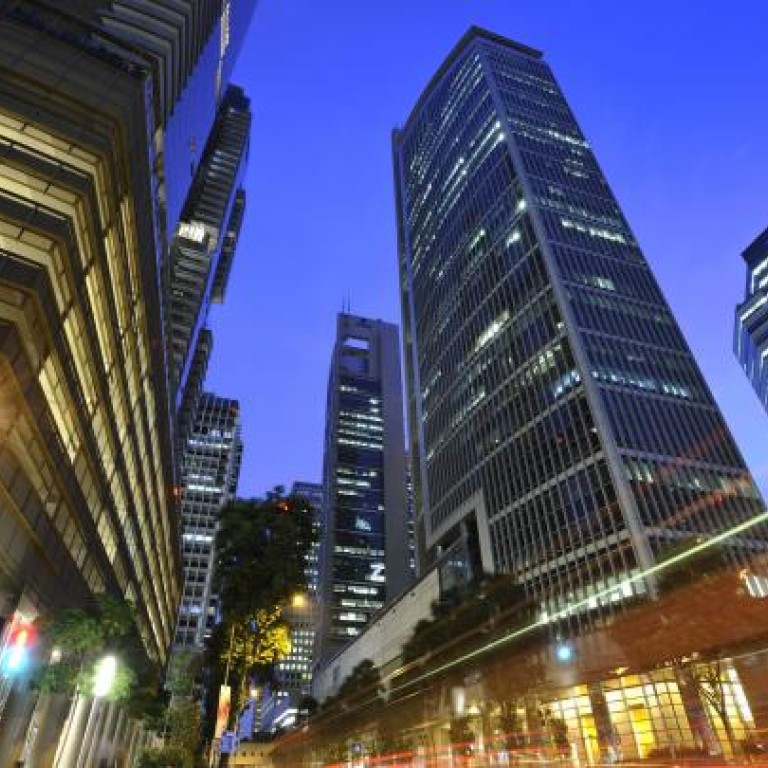
Tourism landscape continues to evolve
Record number of visitors, predominantly from Asia, generate increase of 18 per cent in revenue compared with 2010, writesJosephine Bond
A strategic geographic location and ability to diversify has made Singapore one of Asia's most successful economies. The city state has positioned itself as a core financial hub and leading tourist destination.
The economy grew 4.9 per cent last year according to the Ministry of Trade and Industry Singapore, and is on track for growth of up to 3 per cent this year against the backdrop of global uncertainty.
"We have a hold back in growth momentum in the second quarter of this year after a strong surge in the first quarter,'' explains Irvin Sheah, an economist at DBS Group Holdings in Singapore.
In the near future, a downside in the global economy, particularly from the euro zone, the United States and, to a lesser degree, China, is likely to cast a pall over stellar growth seen in previous years.
Sheah explains: "Singapore being a small, open economy will feel the impact."
Still, Singapore boasts one of the world's most established capital markets, which has enabled its financial services industry to bloom, with the sector accounting for 12 per cent of the country's GDP, employing 5.5 per cent of the workforce.
Nearly 800 companies are listed on the Singapore Exchange, and the city is also a major destination for wealth and asset managers with assets of S$1.4 trillion (HK$8.74 trillion) under management.
Other major contributors to growth include tourism, which has made unprecedented strides in recent years.
Last year saw a record 13.2 million visitors, a 13 per cent increase on 2010.
The industry generated S$22.3 billion in tourism receipts, an increase of 18 per cent compared with 2010. In all, tourism accounted for 4 per cent of GDP last year, up from 3.6 per cent.
Singapore is no longer just about food, shopping and Raffles - it has diversified into a casino and resort hub, a major player in medical tourism and the global meetings, incentives, conventions and exhibitions industry.
Edward Chew, regional director, Greater China for the Singapore Tourism Board, admits Singapore has undergone a rapid transformation.
"In the last few years, the tourism landscape has seen the exciting development of attractions such as the Integrated Resorts, the Formula One night race and Gardens by the Bay, all of which have contributed to the healthy growth of international visitor arrivals," he explains.
Singapore's Integrated Resorts, Marina Bay Sands and Resorts World Sentosa opened in 2010, offering more than 4,000 hotel rooms as well as gaming facilities, the Skypark, Universal Studios Singapore, museums and celebrity chef restaurants.
The Singapore Grand Prix motor race, which started in 2008, has become a regular fixture in the calendar, likewise contributing to tourist dollars.
According to Professor Kwong Kai-sun, associate professor at Chinese University's department of economics, the idea behind such events and the integrated resorts was to combine different elements of tourism.
"The idea fits well into Singaporean strengths in attracting foreign investments, being a clean and safe city, and openness to the world," he explains.
The combination seems to work. By expanding Singapore's range of attractions, tourism receipts in the sightseeing and entertainment category saw a "quantum jump" of 1,834 per cent in 2010 to S$3.9 billion compared to the previous year, according to Chew.
Last year, tourism receipts for the same category posted annual growth of 34 per cent.
Visitors to Singapore predominantly hail from Asia, making up 76 per cent of international arrivals in 2011. Indonesia, China, Malaysia, Australia and India were the top five international visitor markets.
According to Chew, the growth of low-cost carriers (LCCs) has also had a significant impact. "LCCs in Asia continue to grow and the region is expected to be served by 50 LCCs by the end of this year," he says.
"This increasing number of low-cost carriers has provided travellers with more affordable and convenient connections that allow them to travel easily for short holidays throughout the year."
Singapore's tourism landscape is continuing to evolve, with further attractions in the pipeline, including a Marine Life Park and River Safari, and the development of the National Art Gallery.
"These, together with the rejuvenation and injection of new offerings within existing attractions will make Singapore an even more compelling leisure and family destination," Chew says.
Medical tourism has also seen growth in recent years as people mix their desire for more cost-conscious yet sophisticated health care with the luxury of recuperating in style.
Singapore is competing with other medical hubs, including Thailand, Malaysia and India, for a slice of this tourism pie, offering deals that offer consumers huge savings and greater access to leading health care specialists.
"Singapore does have potential," Kwong says. "However, market positioning is crucial. On the low end, it has to compete with Thailand."
